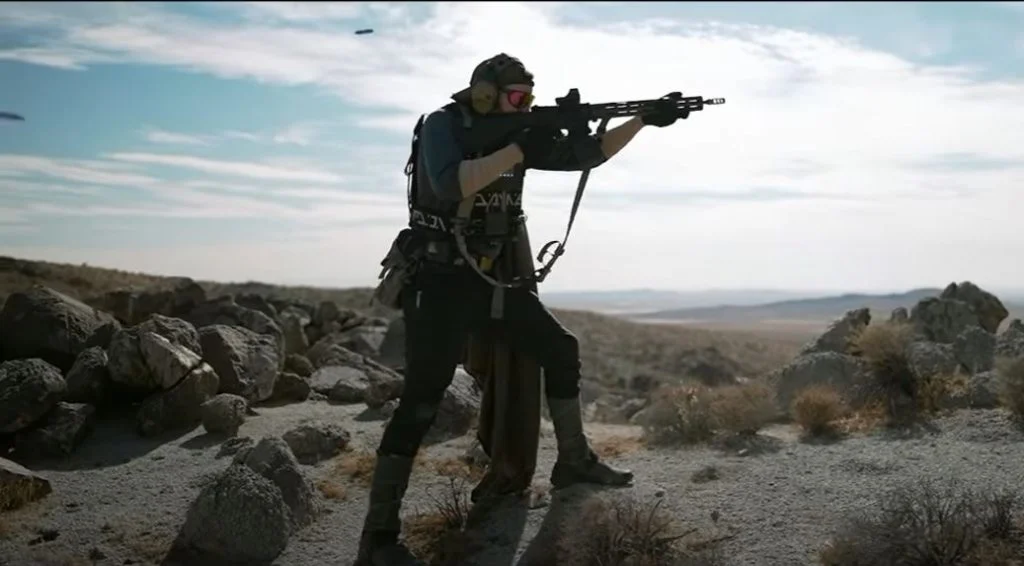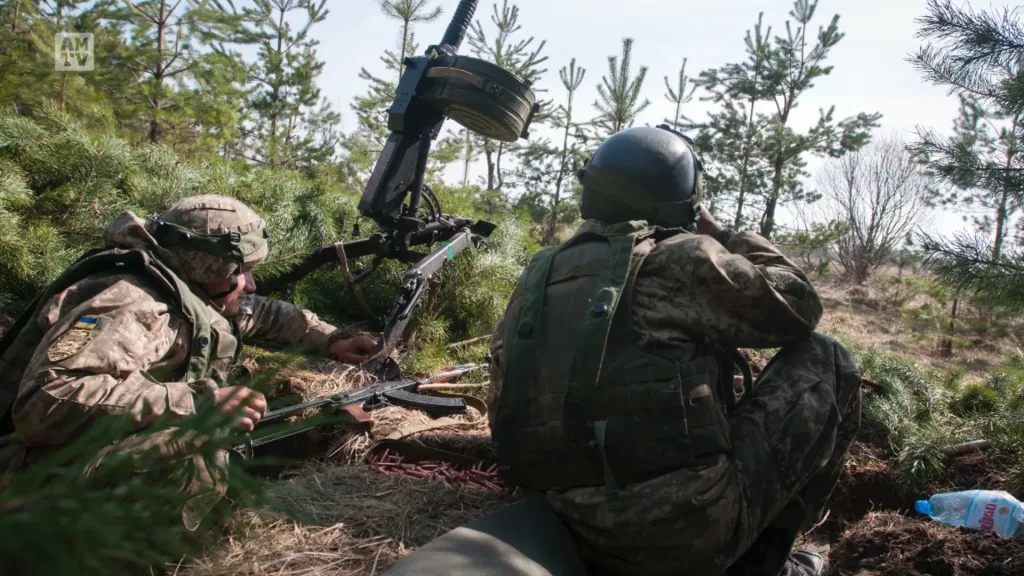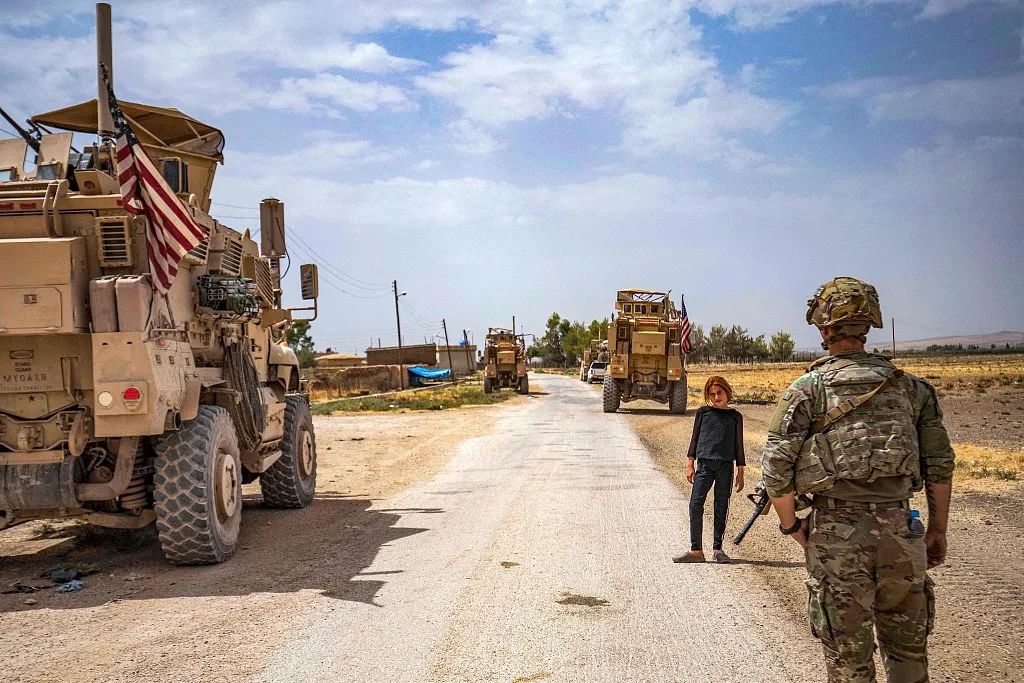The main difference between military body armor and civilian body armor is their design and performance, as well as the use scenario.
1 Design and performance:
Military body armor is usually made of more durable and robust materials, such as ceramics and metal alloys, that can withstand higher ballistic pressures and impact resistance, while also considering the range of protection to ensure adequate protection for the whole body. In addition, military body armor also needs to consider the special requirements of different environments and missions, such as night vision capabilities, communications equipment, etc.
Civilian body armor, on the other hand, is more light and comfortable. It usually uses soft materials, such as polymer materials and anti-blade materials, which can protect against ballistic and sword attacks to some extent, but they don’t usually have the full range of protection that military body armor does
2 Application Scenario:
Military body armor is mainly used in military operations and combat to protect the safety of soldiers. Civilian body armor is suitable for civilian security, special police, security, anti-terrorism, police and personal defense and other fields, such as senior executives, large entrepreneurs, officials, the rich and important people. At the same time, civilian body armor is also used by more and more people as outdoor activities, tourism and other aspects of personal protection equipment.
3 Is body armor illegal in the United States?
It is legal to own and wear body armor in the United States, but its use may be outlawed or restricted under certain circumstances.
For example, some states and cities may restrict the sale, use or possession of body armor, or require buyers to obtain special licenses. In addition, if a person uses body armor in a criminal activity, then they can be charged with more serious crimes as a result.
So although it is legal to own and wear body armor in the United States, be aware of local laws and regulations to make sure you don’t break any rules.
4 What does level 3 body armor stop?
Level 3 body armor is a type of protective equipment with a high bulletproof rating, usually made of multiple layers of bulletproof material, and can effectively deter the following types of shooting and stabbing attacks:
Handgun Bullets: Level 3 body armor prevents the penetration of a variety of handgun bullets, including common models such as.357 Magnum, 9mm,.40 S&W, and.44 Magnum.
Rifle Bullets: Level 3 body armor prevents penetration of some rifle bullets, including common models such as 5.56mm NATO and 7.62mm NATO.
Knives and sharps: Level 3 body armor provides some protection against stabbing attacks with knives and sharps.
It is important to note that level 3 body armor does not guarantee a complete stop to all shooting and stabbing attacks, as different types of firearms and ammunition will have different effects on body armor, and factors such as the location, distance, and Angle of attack will also affect how well it protects. Therefore, in cases where the use of body armour is required, it is still necessary to exercise caution and try to avoid dangerous situations.

5. What body armor do U.S. Navy seals use
The Navy SEALs, then, usually use different levels of body armor and bulletproof gear to protect themselves. Their body armor and bulletproof equipment are of different levels and types according to the needs of the mission.
Generally, they use triple-A vests to protect themselves from pistol bullets and low-velocity rifle bullets. For higher threat missions, they may use a higher level of body armor, such as bulletproof plate armor or body armor kits. In addition, they may also use a variety of other protective equipment, such as bulletproof helmets, bulletproof knee pads, and stab-proof gloves.
It is important to note that seals’ body armor and protective gear are carefully designed and tested, and are often refined and updated according to mission requirements to ensure they have the best protection during high-risk missions.


